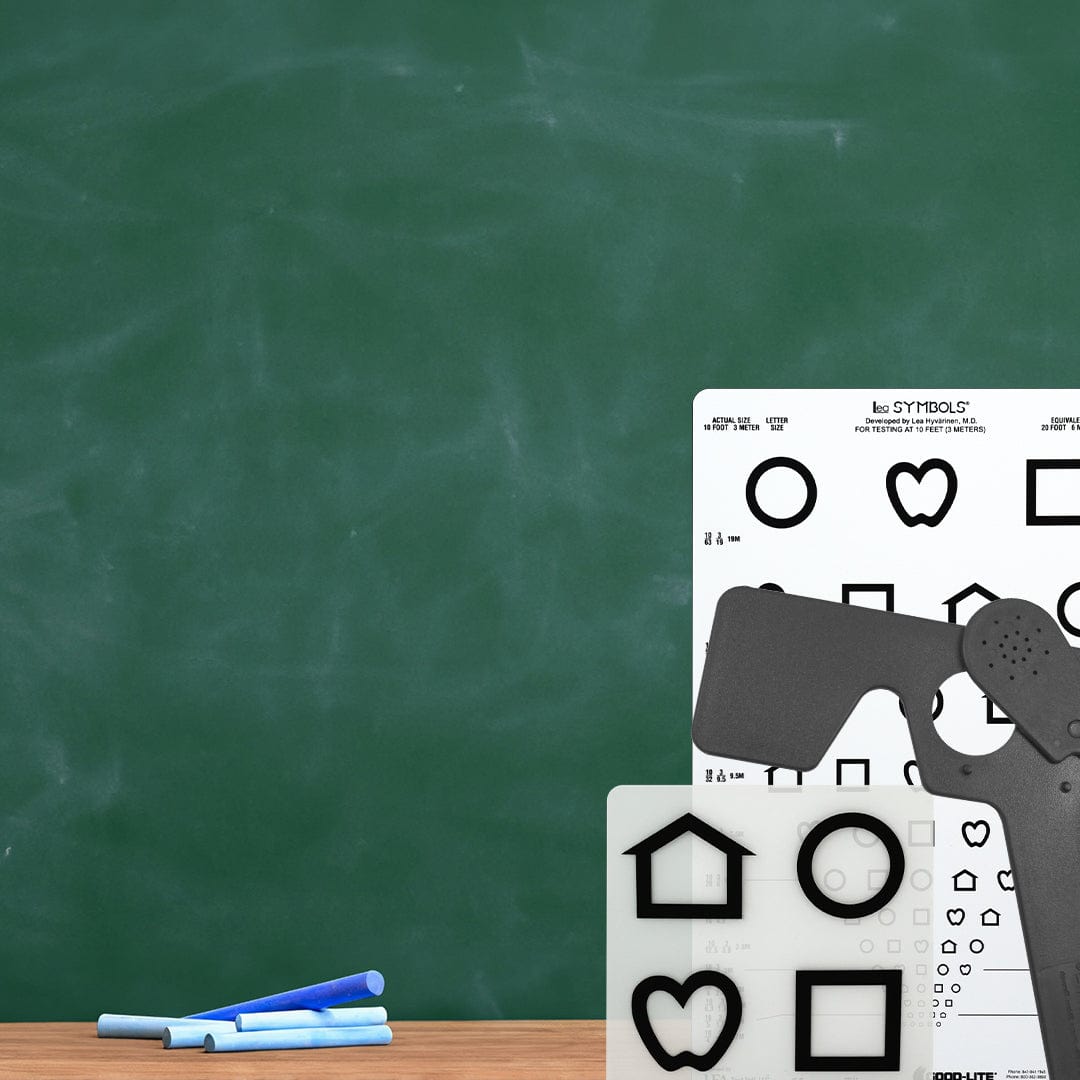Table of content
About Cortical Visual Impairment
Imagine… A parent/caregiver takes their child to the Optometrist because it appears the child isn’t seeing clearly. The Optometrist provides a comprehensive vision exam and the child’s ocular system is working normally. The parent leaves confused and frustrated. Could Cortical Visual Impairments be the problem? Cortical Visual Impairment is the leading cause of vision impairment for children in the United States, it is also the least recognized. Currently, it is estimated that 180,000 children have CVI in the U.S., but this misunderstood diagnosis is grossly underrepresented.
Cortical Visual Impairment (CVI) also known as Cerebral Visual Impairment is a neurological form of visual impairment caused by “damage or atypical structures in the visual pathways and/or visual processing centers of the brain” (Roman Lantzy, 2018). CVI can affect typical developed children as well as those with mild to serve disabilities. With this condition, the visual system of the brain does not accurately interpret or understand what the eye sees.
What causes CVI?
There are several types of traumas to the brain that can cause CVI. The list below represents a portion of those traumas:
- hypoxic ischemic encephalopathy (HIE) (in the term born infant)
- periventricular leukomalacia (PVL) (in the preterm infant)
- traumatic brain injury
- neonatal hypoglycemia, infections (e.g. viral meningitis)
- severe epilepsy
- metabolic disorders

What are some of the signs of CVI?
- Light-gazing
- Poor visual acuity
- Visual field loss
- Dominating Peripheral fields
- Visual and or auditory noise
- Visual fatigue
- Latency or Atypical visual response
- Color Preference
- Absence of visual guided reach
How do you treat CVI?
While Cortical Visual Impairment cannot be cured, there are strategies to address these and other visual difficulties. If a child is suspected of having CVI, seek out a Pediatric Ophthalmologist who is familiar with Cortical Visual Impairment or a Neuro-ophthalmologist. Also, a referral for vision rehabilitation (vision therapy) and education is highly recommended. Inform the child’s early interventionist or teacher of the CVI diagnosis and request a teacher of the visually impaired to target extensive visual behaviors and provide interventions. For more information about Cortical Visual Impairment log on to www.perkins.org/cvi-now.










